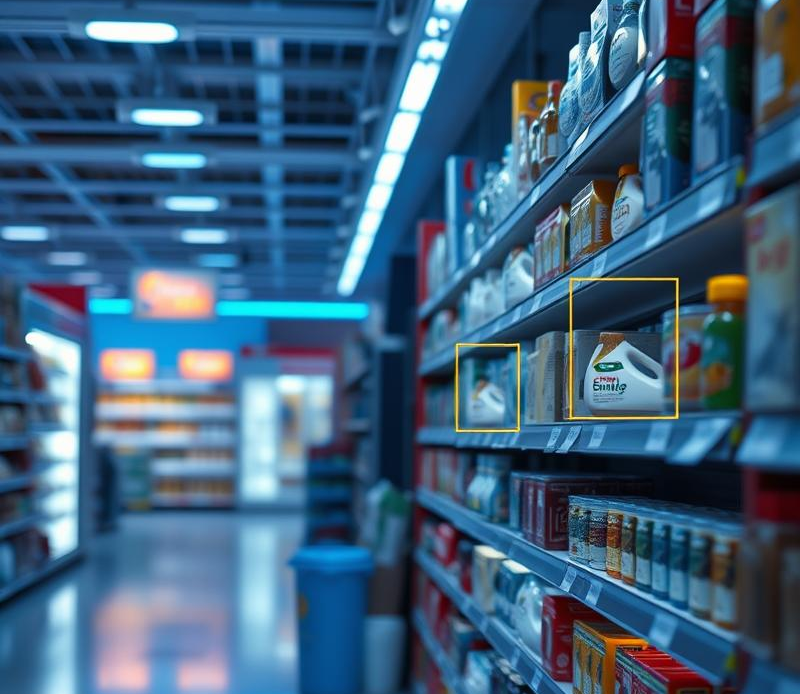
Tired of outdated shelf management systems leading to lost sales and wasted resources? Explore how AI-powered object detection revolutionizes retail, boosting efficiency and customer satisfaction.
Introduction:
Ever walked into a store and felt overwhelmed by messy shelves or struggled to find the product you needed? We’ve all been there. But what if technology could make shopping smoother and more efficient? AI-powered shelf object detection is revolutionizing retail, optimizing inventory, and improving customer experiences in ways we never thought possible.
Efficient shelf management is critical for the success of retail businesses. Ensuring that products are available for customers while minimizing overstock and waste has always been a delicate balance.
Benefits of AI-Powered Shelf Object Detection:
AI-powered shelf object detection offers several benefits that address the limitations of traditional methods:
Improved Accuracy: AI algorithms can accurately identify and track products on shelves, minimizing errors associated with manual inventory checks. This ensures that retailers have a real-time understanding of their inventory levels, reducing stockouts and overstocking.
Increased Efficiency: Automating shelf monitoring tasks through AI-powered systems frees up employees’ time, allowing them to focus on higher-value tasks, such as customer service or merchandising. This improves overall operational efficiency and reduces labor costs.
Enhanced Customer Experience: By ensuring products are readily available, AI-powered shelf management contributes to a positive customer experience. Shoppers can find the products they need without frustration, leading to increased customer satisfaction and loyalty.
Use Cases for AI-Powered Shelf Object Detection:
The use cases for AI-powered shelf object detection span various aspects of retail operations, showcasing the versatility and effectiveness of this technology:
In-Store Security: Stores like Tesco implement computer vision for theft detection, using cameras to monitor suspicious activity and reduce losses due to shoplifting.
Automated Restocking: Companies like Best Buy use computer vision to detect when shelves are low on stock and automatically alert staff or initiate restocking orders to maintain inventory levels.
Conclusion:
So, there you have it. The future of shelf management is bright, thanks to the power of AI. It’s not just about robots taking over; it’s about empowering people with smarter tools to make better decisions. The possibilities are endless, from improving the customer experience to optimizing your bottom line. What are you waiting for?
Let’s get started on building a better, more efficient future for your business, one shelf at a time!


